Ciaran Jones and Matthew Acevski are final-year MSci students from the Department of Physics who helped model aspects of the JUICE mission, launching on 13 April, which will explore the icy moons orbiting Jupiter. In this blog post, they tell us the science behind Imperial’s instrument aboard the mission: JMAG.
By Ciaran Jones and Matthew Acevski
The European Space Agency’s Jupiter Icy Moons Explorer (JUICE) mission promises to be one of the most exciting feats in space exploration. Due to launch on 13 April 2023 onboard Arianespace’s Ariane 5 rocket, the spacecraft will use the gravitational fields of Venus and Earth to accelerate towards the outer Solar System. We expect JUICE to reach the Jupiter system by the early 2030s.
The key scientific objectives of JUICE are to characterise three of Jupiter’s moons: Ganymede, Europa, and Callisto to determine their potential habitability. We believe these moons contain liquid water, in the form of saltwater oceans, beneath their icy surfaces. And we know that water, as we know it on Earth, is a prerequisite for life to succeed. However, predictions for the thicknesses of these oceans are on the order of hundreds of kilometres – significantly more than Earth’s (a few kilometres).
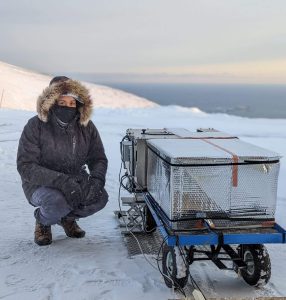
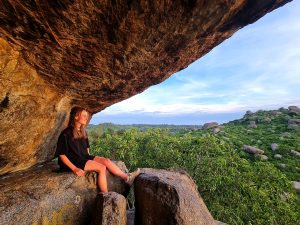
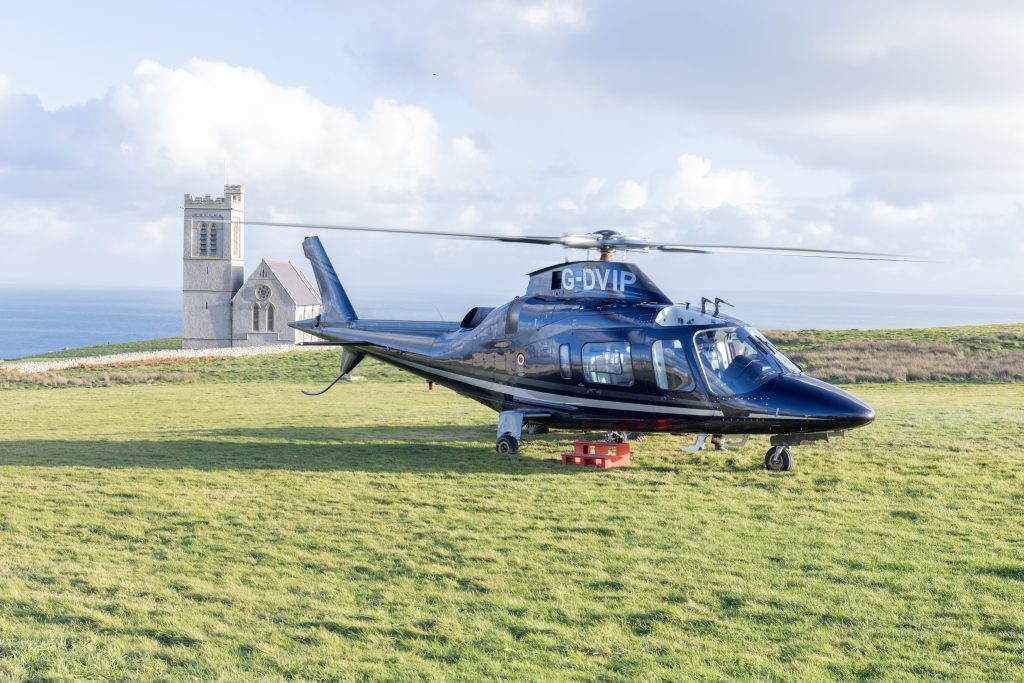
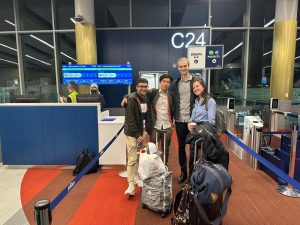 Over the weekend of 11-13 November we, a team of four 3rd year students comprised of two theoretical physicists (George Su and Xavier Keogh), a material scientist (Zanna Buckland) and a computer scientist (Tanish Goel), attended the MIT EnergyHack 2022.
Over the weekend of 11-13 November we, a team of four 3rd year students comprised of two theoretical physicists (George Su and Xavier Keogh), a material scientist (Zanna Buckland) and a computer scientist (Tanish Goel), attended the MIT EnergyHack 2022.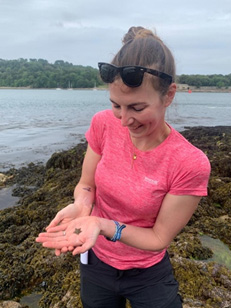 The week we spent in Plymouth for the marine ecology field course was the best of my degree so far. The course was exhausting at times but also incredibly interesting and fun.
The week we spent in Plymouth for the marine ecology field course was the best of my degree so far. The course was exhausting at times but also incredibly interesting and fun.